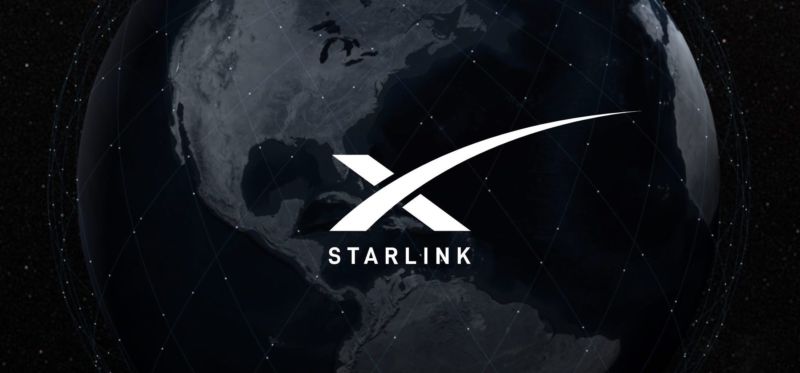
SpaceX has agreed to provide Internet service to 45 families in a Texas school district in early 2021 and to an additional 90 families later on, the school district announced last week. The announcement by Ector County Independent School District (ECISD) in Odessa said it will be the “first school district to utilize SpaceX satellites to provide Internet for students.”
“The project will initially provide free Internet service to 45 families in the Pleasant Farms area of south Ector County,” the district said. “As the network capabilities continue to grow, it will expand to serve an additional 90 Ector County families.”
The Texas location is notable because the ongoing, limited Starlink beta exists only in the northern US, and SpaceX CEO Elon Musk has said an upcoming public beta will only be for the northern US and “hopefully” southern Canada. SpaceX has over 700 Starlink satellites in orbit, and will be able to expand the service area as it deploys more of the nearly 12,000 it has been authorized to launch. In Washington state, Starlink has been deployed to rural homes, a remote tribe, and emergency responders and families in wildfire-stricken areas.
The ECISD announcement said the service will begin “early in 2021” without saying exactly when, but an article by the Odessa American newspaper said it will be in January. The total project cost is $300,000, half of which is being provided by Chiefs for Change, a nonprofit group for school-district leaders, according to the Odessa American. Families who are selected will get Internet service for free for one year, the report said.
It’s not clear whether any of the money is going to SpaceX. The school district has some costs, as it plans to “identify the families [who will get service] and facilitate delivery of the necessary equipment to those homes.”
No word on other Southern US locations yet
The timeline for wider Starlink availability in the American South is still unknown. We asked SpaceX if it plans to deploy Starlink in any other Southern locations in early 2021, and for more details on when service will be available across the United States. We’ll update this article if we get more information.
In August 2019, SpaceX detailed a plan in which each SpaceX launch of 60 satellites would deploy the satellites in “three different orbital planes” instead of just one, “accelerating the process of deploying satellites covering a wider service area.” At the time, SpaceX told the FCC this change would “potentially” let it deploy broadband in the Southern United States in late 2020.
As ECISD pointed out, the pandemic has demonstrated the importance of home Internet for students who have to learn and complete assignments from home when in-person classes are unavailable. Stories of children sitting outside schools, libraries, and McDonald’s stores to use Wi-Fi, either because their families cannot afford broadband or it simply isn’t available where they live, have been disappointingly common.
“When COVID-19 forced the closure of school buildings last spring, it really brought to the forefront just how large the digital divide is in Ector County,” the ECISD announcement said. “As ECISD leaders dove into surveys of teachers, students, and families, they found some 39 percent of families have limited to no Internet access. The SpaceX Starlink satellite technology will provide high-speed, low-latency broadband Internet to an area where that type of access is not currently available or affordable.”
In a recent update SpaceX gave to the FCC, the company said the Starlink beta is now available in multiple US states and is “providing service to previously unserved students in rural areas.” SpaceX said it is “prioritizing emergency responders and locations with no Internet connectivity at all.”
SpaceX’s use of low Earth orbits is resulting in much better latency than traditional broadband satellites that are in geostationary orbits. SpaceX told the FCC that Starlink latency has consistently been “far below 40-50ms round trip to [the] Internet.” Traditional satellite services, meanwhile, offer much worse latencies of around 600ms.
SpaceX recently asked the FCC for permission to deploy up to 5 million user terminals, signaling that the service could eventually be available at up to 5 million homes and businesses in the US.
